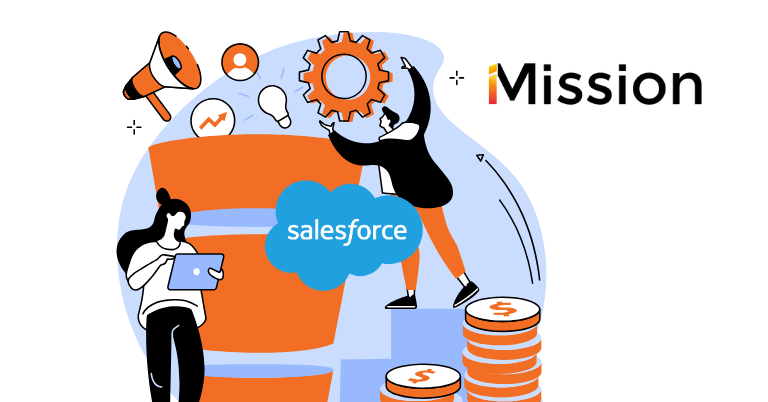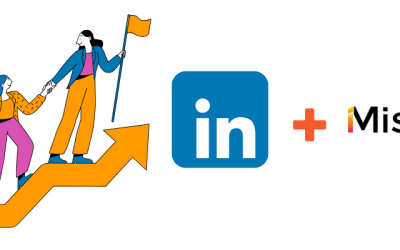Free. Salesforce still offers 10 free user licenses to eligible nonprofits through its Power of Us program. And that’s a major draw. But let’s be honest—when it comes to technology, nothing is truly free. Getting value from Salesforce requires an investment of time, expertise, and strategic planning.
Think of the 10 free licenses as a bonus—not the reason to adopt Salesforce. Here’s why nonprofits continue to choose Salesforce in 2025:

1. Salesforce is Powerful—and Constantly Evolving
Salesforce is the world’s leading CRM, and the investment behind its development is unmatched. With three major updates every year, nonprofits benefit from continuous improvements in automation, artificial intelligence, and user experience.
With Salesforce’s growing integration of Einstein AI, nonprofits can now predict donor behavior, personalize outreach, and automate engagement in smarter ways. That’s a big win for fundraising and stewardship teams.
And with the introduction of Salesforce Data Cloud, nonprofits can unify data across systems for a more complete view of every constituent—donors, volunteers, clients, and beyond.
2. Salesforce Is Open and Extensible
Salesforce remains one of the most open and flexible platforms available, which is why many nonprofits choose it. Thousands of pre-built apps and integrations are available on the AppExchange, many specifically designed for nonprofits.
Need to connect email marketing tools like Mailchimp, event platforms like Eventbrite, or accounting tools like QuickBooks? It’s easier than ever, and many integrations are low-cost or free.
Thanks to the new Nonprofit Cloud (launched in 2023), organizations can now access purpose-built tools for fundraising, program management, and case tracking—fully aligned with Salesforce’s industry-standard architecture.
3. A Thriving Nonprofit Community
The nonprofit Salesforce ecosystem is stronger than ever. Through the Trailblazer Community, Power of Us Hub, and regional user groups, nonprofits can access support, share solutions, and find answers from peers and experts around the globe.
Additionally, Salesforce’s Free Nonprofit Trailhead Training makes it easier for teams to skill up and build internal capacity—even without a dedicated tech team.
4. A Deep (and Growing) Talent Pool
With over 50,000 nonprofits now using Salesforce, the talent pool continues to grow. Development officers, communications managers, IT staff, and finance professionals with Salesforce experience are easier to find—and more nonprofits are investing in cross-functional training.
Since Salesforce is widely used across sectors, you can even hire from outside the nonprofit space. Salesforce fluency is now a major asset on a candidate’s resume—and that benefits your organization.
5. Salesforce Builds Organizational Capacity
Salesforce is more than just a donor database—it’s a constituent relationship platform that can unify departments across your organization.
Fundraising, volunteer coordination, case management, event management, advocacy, and program impact reporting can all live in one ecosystem. That means less time wrangling spreadsheets and more time focusing on mission-driven work.
With Nonprofit Cloud, Salesforce has taken a major leap forward in helping organizations manage end-to-end impact. You can now track real-time program outcomes, connect those results to fundraising goals, and report on them seamlessly—all within the same platform.
Ready to See What Salesforce Can Do for You?
Salesforce offers unparalleled power—but making the most of it requires the right implementation strategy. That’s where iMission comes in.
Whether you’re getting started with Salesforce or looking to expand how you use it, our team helps nonprofits configure the system, build internal capacity, and deliver results that drive mission impact.
Let’s talk. Contact us to learn how we can support your Salesforce journey.



